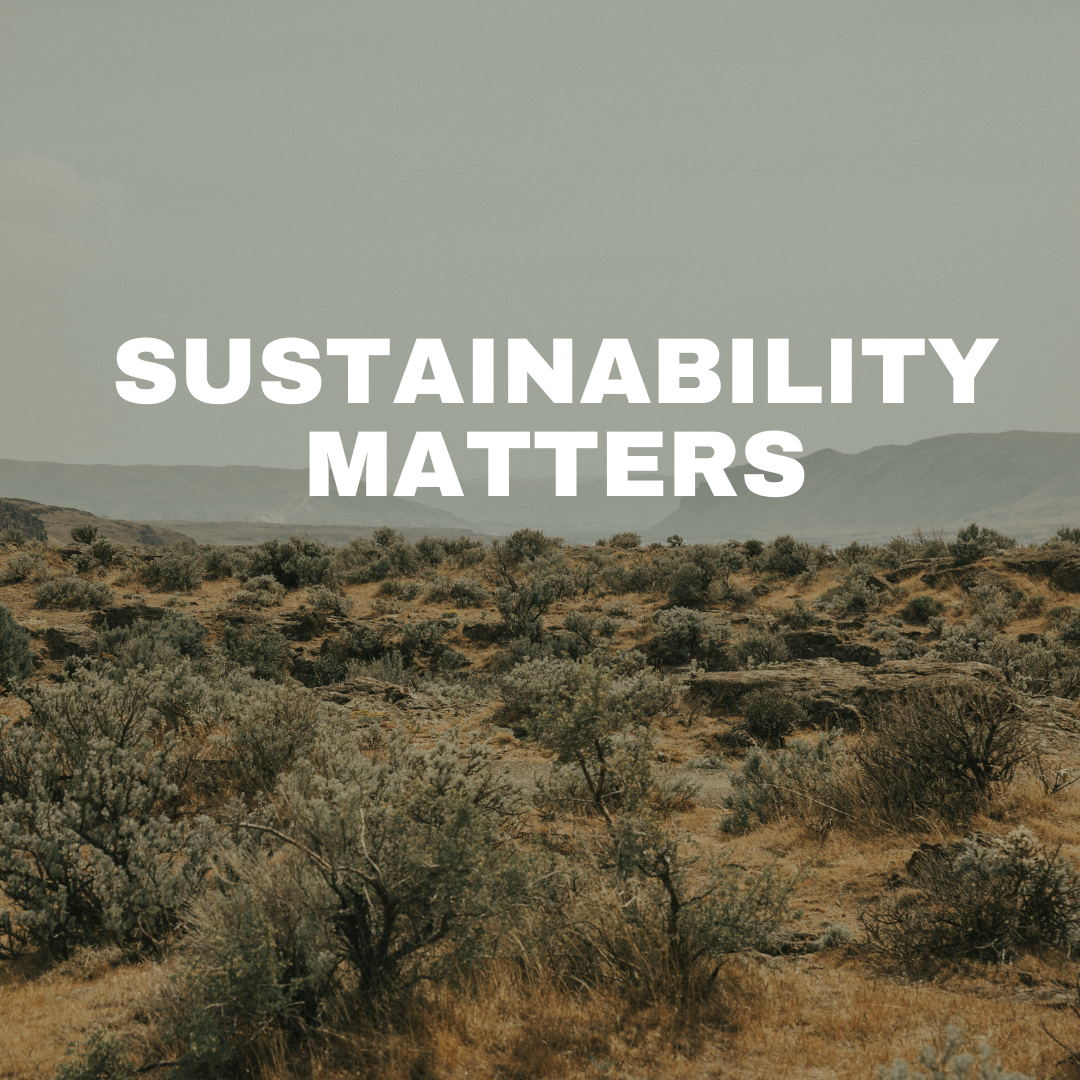Running any business will inevitably have an impact on the environment and as a business owner I am responsible for ensuring that I minimise (as much as possible) the impact my studio has on our planet.
Whilst creating pottery is one of the most sustainable art forms and activities, that's not to say that there is no impact at all. For instance the energy used just when firing the kiln is huge enough. But there is also packaging to consider and the water we use when working with clay and glaze.
I'm happy to say that almost all packaging that our own deliveries come in are then re-used to package up completed pottery, and in fact the packaging is usually so good, that we can be happy that any pottery sent to its new home, either by post or when a customer collects from the studio is well protected and arrives to its destination safely.
When it comes to water, I'm ashamed to say that previously, I didn't fully appreciate the importance of taking care of what goes down the sink. Clay and glaze for instance, are hugely damaging, not only to our sink pipes but also toxic when it goes down the drains and into our waterways (rivers, streams etc).
We use a home made water recycling system using big bins, meaning hardly any water used for the studio goes down the sink. Any water used to clean up after courses or workshops is poured onto the big bins - tools and brushes are also cleaned in the clay water bins. By the next day the clay has dropped to the bottom and clear water is at the top, which I then re-use either to water the many plants dotted around the studio or to clean the pottery wheels and work benches/surfaces we use for courses. I've actually become a bit obsessed with it (sorry to my team) as even though it does take a little longer, the benefits are so huge.
Lastly, the pottery painting element of the studio means there is always wasted paints when customers overload and mix paints, which means they can't be saved, so need to be disposed of. All tools and equipment for painting and glazing are also washed in their own bin, with the same concept as the clay water. You'd be so shocked with how much paint and glaze gathers at the bottom of the bins and sets hard. I feel content that we have stopped that going down the pipes and not only polluting the water but also damaging our pipes.
So hopefully that goes some way to explaining why some orders are packaged up in repurposed boxes and bubblewrap and why we use the bins to wash out pottery equipment. The bin situation, whilst incredible in highlighting some key issues with water waste, is not ideal when the studio is busy, so this is a temporary measure until we fit sediments tanks and clay traps to filter out the clay and glaze.
Hope you found this interesting : )
